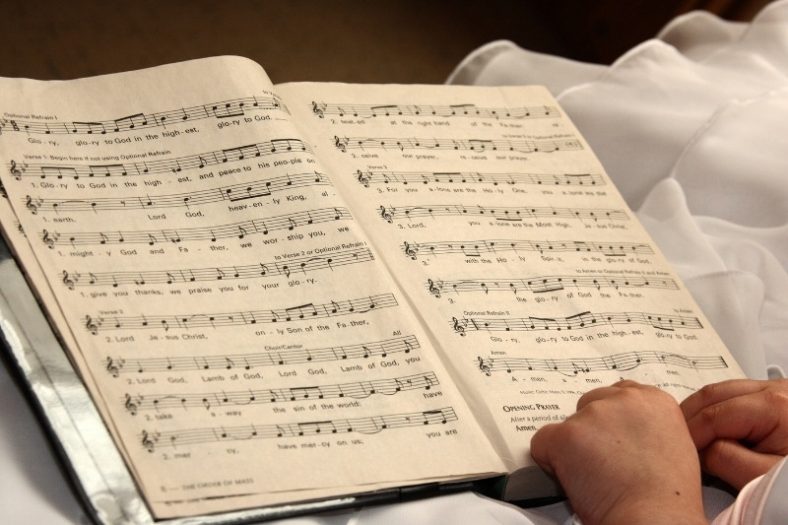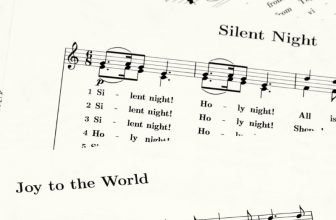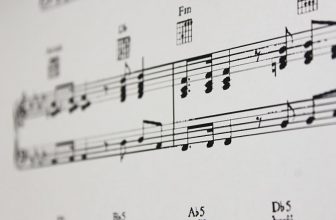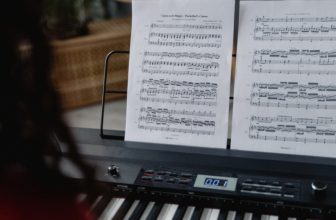What is Rondo Form in Music?

Rondo Form is one of the most popular and most composed forms of the Classical era. In the 17th century, many famous composers used this form as the last movement. This is how the “rondo” emerged from the “rondeau”.
The rondo form has a refrain section that is repeated through the movement like the medieval and Renaissance rondeau. The refrain varies with different sections that create contrasts.
Mozart’s famous piano sonata ” Rondo Alla Turca” is one of the most well-known rondos. “Für Elise” by Beethoven is another one. In the classical genre, rondo is used for ending a composition with a lively and pleasant finale.
The word “rondo” comes from the French poetry form, “rondeau,” often set to music in the 13th and 14th centuries.
Contents
What is Rondo Form?
Rondo form is a musical form in which refrains and episodes cyclically follow each other. It’s a fairly modular structure that’s made up of these two sorts of components. It’s good to keep in mind that the refrain and theme are referring to the same component in rondo.
To be more specific, the rondo form is characterized by the cycle of the musical content that you hear. This cycle makes you feel like you’re going around in circles and turning back to the beginning again and again.
Even when you feel like something new is about to happen, near the conclusion of some episodes, you end up at the refrain again.
Musical Form
Musical form is a fixed form to provide an order to the composer during the writing process. If you want to understand or interpret a musical piece, you need to know how it’s put together first.
To put it another way, it’s the skeleton of the composer’s musical design and the interpreter’s guide. There are four types of musical forms:
The Iterative Type: a repeated initial melodic line.
The Reverting Type: the return of the initial theme following a contrasting phrase
The Strophic Type: the continuous transformation of a single section into multiple versions.
Progressive Music: introduction of new musical material in pairs of phrases.
The rondo is a reverting type form. As a modular form comprising two components, refrains and episodes alternate in the Rondo structure.
What is a Refrain?
The refrain is the main theme that systematically reoccurs in the tonic key. At least, what your ear wants to hear is this ongoing process. You can modify the refrain. For a long movement, the most typical change is to abbreviate the refrain in one or more of the repetitions.
Another purpose may be to add content or ornamentation, such as shifting its tonal direction, to make it more interesting.
What is an Episode?
In contrast to the refrain, the episode contrasts the key and/or the theme. Keys or themes are enough to distinguish an episode from the refrain on their own, but it’s also possible for both to operate together.
A couplet is another name for an episode. A couplet involves one or two phrases. The Latin originated word “couplet” means a group of two. Especially in the Baroque rondeau, this is a typical occurrence in musical writings.
Examples of Rondo Type Forms
Rondo form is particularly popular in the Classical era. So giving many examples from the popular and more recent genres is not easy.
Baroque Rondeau
Baroque Rondeau involves many refrains and episodes including short subsections. You see a high amount of refrains and episodes in this type of rondeau.
Refrain – Episode 1 – Refrain – Episode 2 – R. – E. 3 – R….. – Episode 0 – Refrain
Five-Part Rondo
The five-part rondo has five main sections. These five sections indicate the total number of the refrains and episodes in the piece of music: three refrains and two episodes.
The five-part rondo is the most well-known type as the standard ABACA rondo form. In a standard five-part rondo, the refrains are in tonic with the same theme. The two episodes follow them in related keys being independent of each other.
Refrain – Episode 1 – Refrain – Episode 2 – Refrain
Ex. Für Elise – Beethoven
Seven-Part Rondo
Seven-part rondo is the longest rondo form. It involves four refrains and three episodes. Again, the three episodes have different thematic materials in relative but different keys. It may be asymmetrical or symmetrical in rondo form. This depends on if episode 3 takes shape in the related key (asymmetrical) or tonic (symmetrical). Also, in a symmetrical rondo form, episodes 1 and 3 have related thematic material.
The seven-part symmetrical rondo is also known as the sonata rondo form.
Refrain – Episode 1 – Refrain – Episode 2 – Refrain – Episode 3 – Refrain
A (I) B (RK) A (I) C (RK) A (I) D (RK) A (I) (asymmetrical)
A (I) B (RK) A (I) C (RK) A (I) B’ (I) A (I) (symmetrical)
These are the essential rondo types. To expand a rondo form, you can use transitions to make a connection between the refrains and episodes. For ending the rondo form, you can use a longer or shorter coda as you wish.
Summary
A rondo form is a musical form in which refrains and episodes cyclically follow one another. As a modular structure, it’s made up of these two components: the refrain and the episode. The refrain is the main topic that recurs repeatedly, much like what your ears want to hear. In contrast, the episode contrasts the key and/or the theme, in one or two phrases. I hope this article sheds some light on the subject and thank you for reading!





